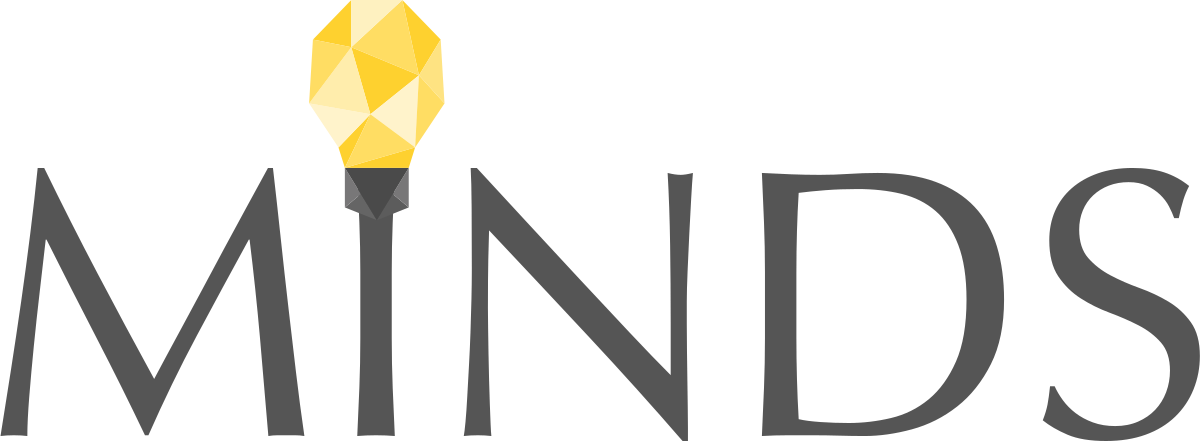Read and report vaccine reactions, harassment and failures.
.jpg.aspx?width=152&height=205)
According to the CDC, 95 percent of infants vaccinated with two or three doses of Hib conjugate vaccines will develop antibodies thought to be indicative of protection against Haemophilus influenzae type b invasive disease, however, the duration of vaccine acquired immunity from Hib vaccines is unknown.
The immunogenicity of Hib vaccine varies with severity of immunocompromised and stage of infection in persons with HIV infection. The CDC reports Hib vaccines to be effective in persons considered at higher risk for invasive disease, including persons with HIV infection, asplenia, leukemia, and sickle cell disease, however, no efficacy studies have ever been completed to determine the actual effectiveness of the use of Hib vaccines in these high-risk populations.
According to the manufacturer’s package insert, ActHIB induces antibodies in 90 percent of infants after the primary series and 98 percent of infants after a booster dose. However, Native Americans, a population noted to be at greater risk of Hib invasive disease, have a lower immune response to Hib conjugate vaccines. Sanofi Pasteur reports that following a full three doses of the vaccine administered between six weeks and six months of age, only 75 percent of Native American infants had acceptable antibody levels. In children with sickle cell anemia, only 89 percent of children had acceptable antibodies after two doses of ActHIB. If ActHIB is administered to immunosuppressed individuals, including those receiving immunosuppressive therapy, expected antibody responses may not be obtained. This population includes patients with asymptomatic or symptomatic HIV-infection, severe combined immunodeficiency, hypogammaglobulinemia or agammaglobulinemia; altered immune status due to diseases such as leukemia, lymphoma, or generalized malignancy, or an immune system compromised by treatment with corticosteroids, alkylating drugs, antimetabolites or radiation.
According to the manufacturer’s package insert for HIBERIX, based on a clinical efficacy study with unconjugated Haemophilus b polysaccharide vaccine and data from passive antibody studies, an anti-PRP concentration of 0.15 mcg/mL is considered to be the minimal protective level against Hib invasive disease. Data collected from an efficacy study of unconjugated Haemophilus b polysaccharide vaccine indicates that an anti-PRP concentration of ≥1.0 mcg/mL is predictive of protection against invasive Hib disease through at least a one-year period. In vaccine efficacy studies, these two particular antibody levels have been used to evaluate the effectiveness of Haemophilus b conjugate vaccines, including HIBERIX. One month following the completion of the three dose Hib primary vaccine series, 96.6 percent of infants were found to have passive antibodies equal to or greater than 0.15 mcg/mL while only 81.2 percent were found to have levels greater than or equal to 1.0 mcg/mL. One month following a booster dose of HIBERIX administered between 15 and 18 months of age, 100 percent of children were found to have passive antibodies equal to or greater than 0.15mcg/mL and 99.1 percent were found to have levels greater than or equal to 1.0 mcg/mL. The safety and effectiveness of HIBERIX in immunosuppressed children, including children receiving immunosuppressive therapy, has not been evaluated and if administered to this population, the expected immune response may not be obtained. Immunosuppressive therapies that may reduce immune response to HIBERIX include irradiation, antimetabolites, alkylating agents, cytotoxic drugs and corticosteroids used in greater than physiologic doses.
According to the manufacturer’s package insert, the protective efficacy of PedvaxHIB measured during clinical trials of high-risk populations was estimated to be 93 to 100 percent, depending on the age of the child. For the maintenance of vaccine induced antibody levels, a booster dose of PedvaxHIB is required in infants who complete the primary two-dose regimen prior to 12 months of age.
According to the manufacturer’s package insert, the protective efficacy of the pentavalent vaccine Pentacel may not extend to all individuals. If Pentacel is administered to immunocompromised persons, including those receiving immunosuppressive therapy, the expected immune response may not be obtained. Immunosuppressive therapies, including irradiation, antimetabolities, alkylating agents, cytotoxic drugs and corticosteroids used in greater than physiologic doses may also reduce the immune response to Pentacel. Neither the safety nor the effectiveness of Pentacel in infants less than six weeks old or in children ages five to 16 years old have been established.
In clinical studies with Pentacel, efficacy was measured by antibody responses to the individual five disease components contained in the vaccine. Hib antibodies were found to be between 90 and 98.2 percent, depending on the study.
In VAXELIS pre-licensing clinical trials, efficacy was measured by examining antibody responses to the individual six disease components found in the vaccine. Immune responses were evaluated by the manufacturers one month following completion of the three dose VAXELIS vaccine series. For HIB, 97.3 percent of clinical trial participants were found to have anti-PRP levels greater than or equal to 0.15 ug/mL while 85 percent were noted to have anti-PRP levels greater than or equal to 1.0 ug/mL. Anti-PRP levels greater than or equal to 1.0 ug/mL measured three weeks following Hib vaccination are considered to be predictive of protection for one year.
Data on the safety and effectiveness of using VAXELIS following the use of one or two doses of DTaP, IPV, HIB, or hepatitis B vaccine manufactured by another vaccine maker is not available. The protective efficacy of the hexavalent vaccine VAXELIS may not extend to all individuals. If VAXELIS is administered to immunocompromised persons, including those receiving immunosuppressive therapy, the expected immune response may not be obtained.
While Hib vaccines have been reported to be highly effective by vaccine manufacturers, independent studies have noted that vaccine failure can occur, resulting in invasive Hib disease. Additionally, several studies have found an increase in non-b type invasive H. influenzae infections since Hib vaccines were first introduced. H. influenzae type e and type f have increased in the United States while Northern Canada and Alaska have noted a significant increase in H. influenzae type a invasive disease. An increase in H. influenzae type a was also noted among children in Utah. Brazil experienced a substantial increase in H. influenzae type a meningitis following the introduction of vaccines targeting H. influenzae type b. In Ontario Canada, following the introduction of Hib vaccines, nontypeable and type f H. influenzae invasive disease have reportedly replaced H. influenzae type b in children under the age of five. Further, since the introduction of both Hib conjugate vaccines and pneumococcal conjugate vaccines, nontypeable H. influenzae has emerged as a serious health threat. While nontypeable H. influenzae is most noted to be associated with otitis media and sinusitis in children as well as acute exacerbation of chronic obstructive pulmonary disease (COPD) in adults, it can also result in invasive disease.
Hib vaccines can offer protection from invasive H. influenzae type b infections, however, they are not protective against invasive disease caused by non-b type or nontypeable H. influenzae. Moreover, the long-term effectiveness of Hib vaccines is not known at this time.
IMPORTANT NOTE: NVIC encourages you to become fully informed about Haemophilus Influenzae Type B (Hib) and the Hib vaccine by reading all sections in the Table of Contents, which contain many links and resources such as the manufacturer product information inserts, and to speak with one or more trusted health care professionals before making a vaccination decision for yourself or your child. This information is for educational purposes only and is not intended as medical advice.



